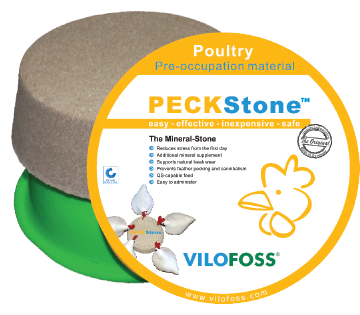Introducing New PECKStoneTM, from Vilofoss®
A unique enrichment tool designed specifically to prevent and reduce abnormal pecking behavior—superior to other poultry pecking blocks!
- Provides an effective chicken pecking block target—redirects aggressive pecking behavior to prevent poultry cannibalism
- Supports beak conditioning:
- Can be used in conjunction with beak trimming or as a tool to aid natural beak conditioning where trimming is not employed
- Enhances animal welfare
- Naturally attractive to poultry
- Durable yet destructible—the ideal pecking target
- All natural and organic
- Vital salts and minerals incorporated, but no impact to overall nutrition/diet
- Easy to incorporate into any operation
- From Vilofoss, creating value-added solutions for global animal production for over 80 years
PECKStones™ are available for any poultry operation.
#1 in Europe
Now available in the US and Canada!
PECKStoneTM is available for any poultry operation
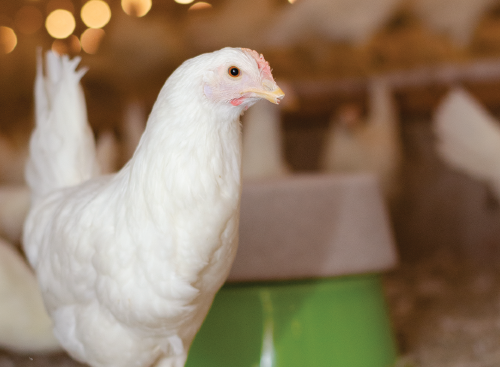
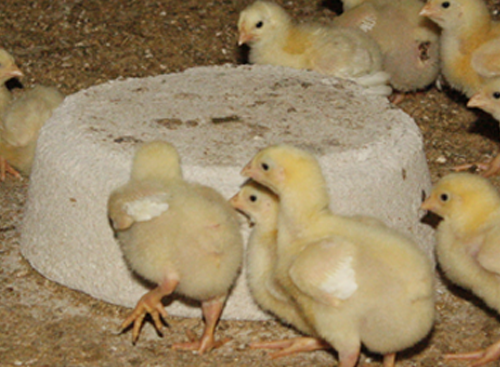
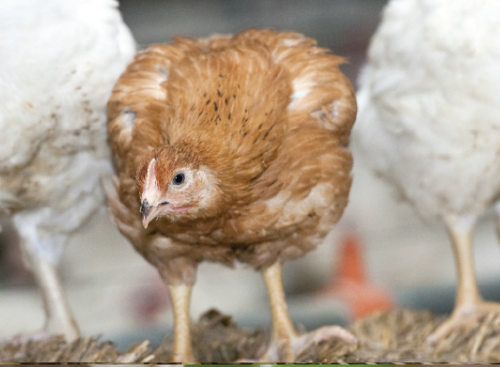
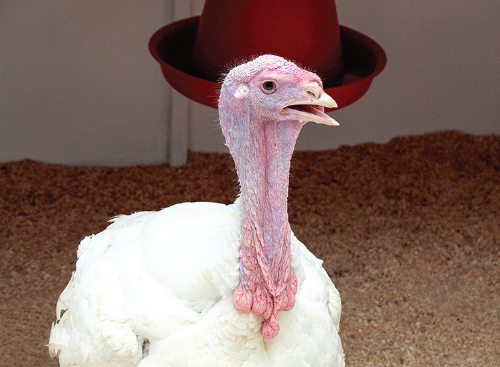
It’s amazing how quickly the birds flock to the PECKStone! As soon as you set the stone down, the birds run over to it. I think the PECKStone gives them something else to play with and attracts them to peck the stone rather than each other. We’ve been very pleased with our PECKStone experience.”
— Pennsylvania Flock Manager
Designed specifically for your birds and your operation
Available in 3 hardness levels: MEDIUM, HARD, EXTRA HARD
How to use
Cage-Free Layers and Breeders
Type of PECKStone™
EXTRA HARD or HARD, for durability and optimal beak conditioning
Use and Placement
- Use from initial bird placement, or add anytime
- Remove the PECKStone™ from the plastic tub
- Turn the tub upside down and place on litter or scratch area
- Place the PECKStone™ on top of the tub
Broilers and Pullets
Hard or MEDIUM, for comfort and beak conditioning
Type of PECKStone™
For de-beaked birds try MEDIUM
Use and Placement
- Use from initial bird placement
- Remove the PECKStone™ from the plastic tub
- Place the PECKStone™ on litter or scratch area
- “Split” PECKStone™ is also available for birds in the house 6 weeks or less
Turkeys
Type of PECKStone™
EXTRA HARD, for tough conditions and maximum durability
Use and Placement
- Place PECKStones™ in the finishing barn prior to moving from the brooder chamber
- Remove the PECKStone™ from the plastic tub
- Turn the tub upside down and place on litter or scratch area
- Place the PECKStone™ on top of the tub
- PECKStone™ may be modified to hang
Experiment with PECKStone™ in your operation and find the option that works best for you!
Rate: Place 1 PECKStone™ for every 500 birds
Disposal: PECKStones™ can be left to naturally degrade and be destroyed by pecking. Residual stone remnants and empty bucket can be discarded with other waste from operation. The tub may be recycled.
Ingredients: calcium carbonate, monocalcium phosphate, salt, magnesium oxide, sodium sulfate, magnesium sulfate, wheat bran.
PECKStone™ has been found to be in compliance with the National Organic Program (NOP) Standards.
Guaranteed Analysis:
| Min | Max | |
|---|---|---|
| Calcium (Ca) | 21.0% | 24.0% |
| Phosphorus (P) | 4.0% | |
| Salt | 7.5% | 9.0% |
| Sodium (Na) | 3.5% | 4.5% |
| Magnesium (Mg) | 2.5% |

How to place PECKStonesTM
STEP 1
Unpack and determine a location.
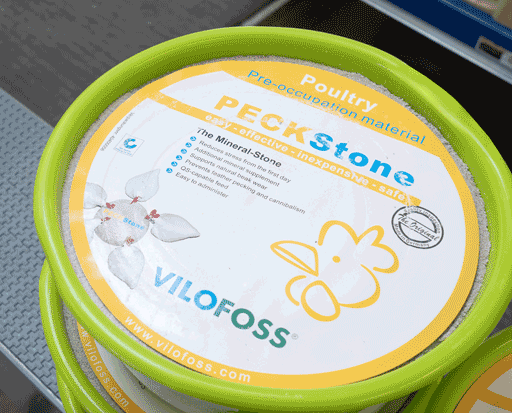
STEP 2
Remove stone from tub.
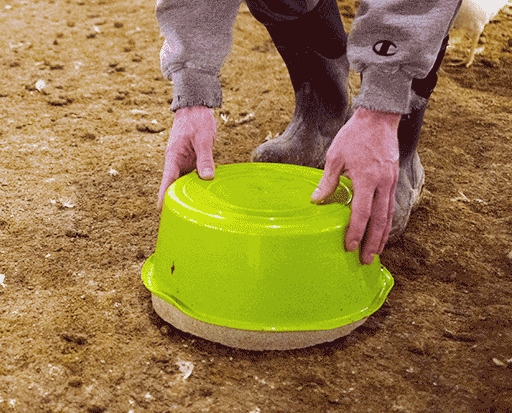
STEP 3
Place stone on top of tub.
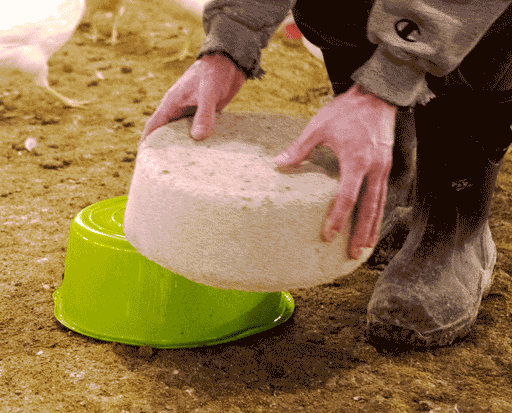
STEP 4
Step away and enjoy.
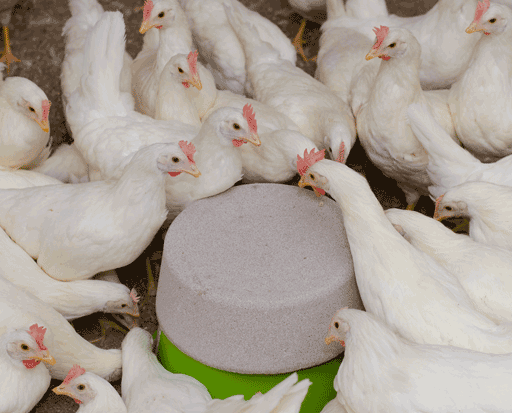
I’ve noticed that the birds with PECKStones have fuller feathers and seem less aggressive. It provides a distraction from pecking at each other. I prefer PECKStones to be in with the hens shortly after bird placement to prevent pecking before it starts. Egg production is high, and the marketer is happy. Not to mention they are so easy to use. I think they are a really useful tool to raise a humane bird.”
— Matt Meck, Featherton Farms

